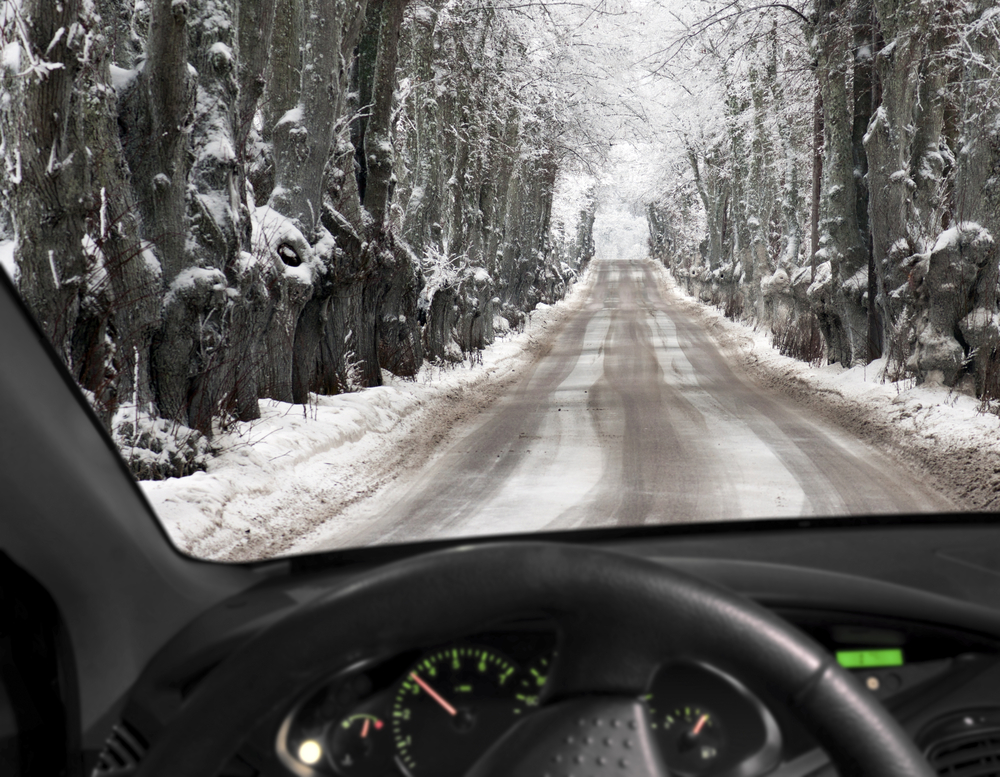No matter how advanced your driving skills may be, or how well you take care of your BMW, there are other variables during winter that can present themselves on the road and cause trouble. The better you take care of your windows and understand visibility, the safer you’ll be!
Windows and Windshield
You may think that unless you’ve ended up with a crack or other conspicuous problem then you’re good to go, but there are many more things to consider. For instance, you should always pay attention to the condition of your wipers, as they’re working overtime in winter weather. Don’t scrape too hard when removing ice from glass, and never use hot water, as the abrupt temperature change can lead to cracks. Take advantage of your defrosters even before scraping, and keep glass surfaces as clean as possible so that you can see clearly.
Interior and Exterior Lights
Headlights not only help you see, but they also let other drivers see you. Slacking on headlight replacement is one of the more common causes of road hazard when it comes to visibility. Be conscious of how long you’ve had your current bulbs in and replace them accordingly. Keeping the plastic of each headlight and tail light assembly clean and free of debris is also important. Avoid using your brights when in a particularly snowy situation, as this can create a reflective glare that is dangerous in and of itself. Don’t forget that turning your dome light on when driving at night is also no a good idea.
Knowing the Weather
Planning ahead will serve you well in just about any circumstance. This is true for preventative maintenance and repairs, and it’s just as true for understanding the conditions of the road before you head out for the day. Check the weather and be mindful of any advisories. The more prepared you are, the safer your drive will be. Prior to getting in, starting up, and pulling away, be sure to clear your entire vehicle’s exterior of accumulated snow, not just the windshield and rear window. As usual, it’s wiser to avoid taking chances and instead stick to common sense!
There are many components to road safety, no matter what season you’re in. Whether it’s making smart choices on the road or in the garage, Motorwerkes is here to help you stay in the know. For maintenance, repairs, and more, call us at (403) 768-3165 to make an appointment today!


